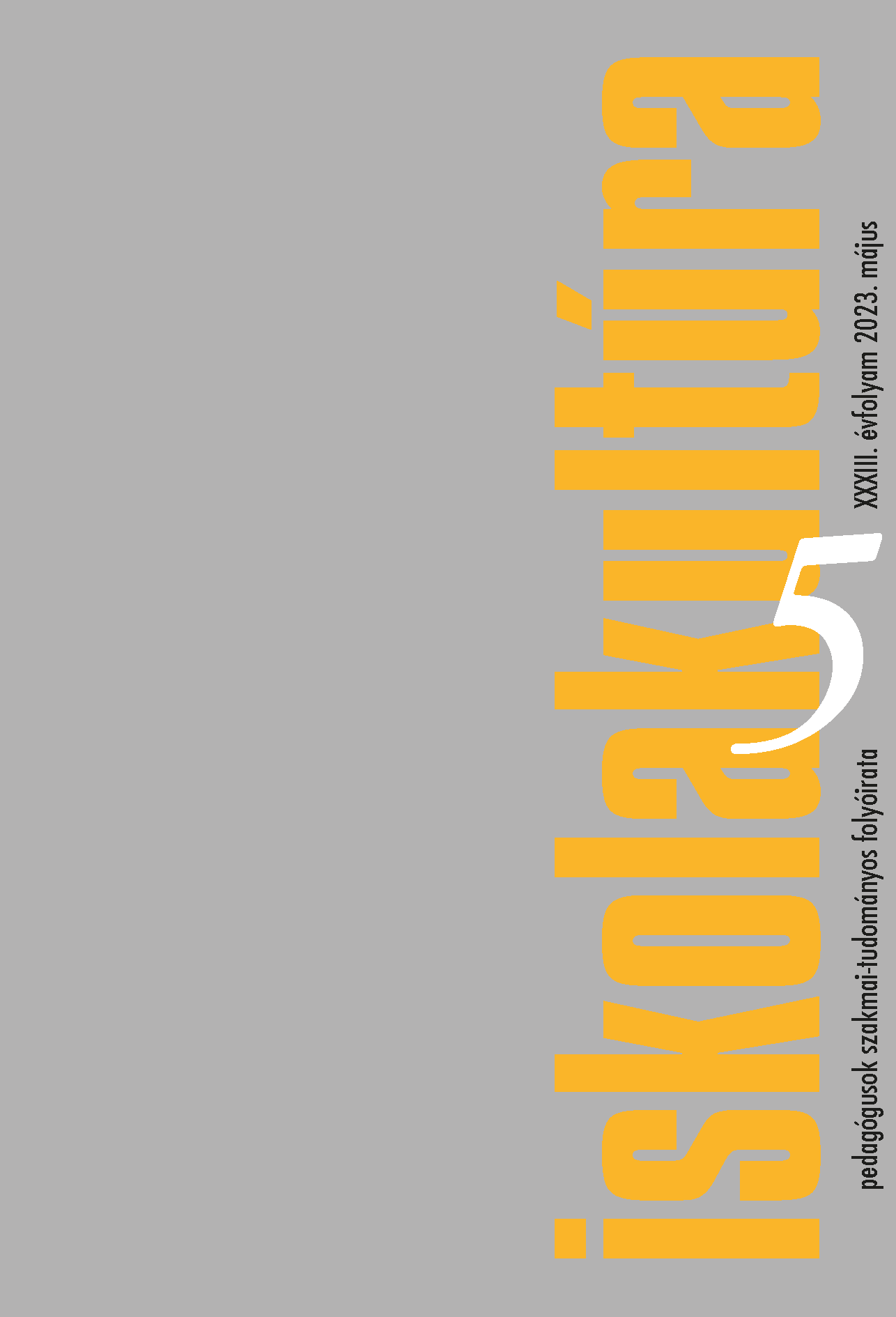Inherited fairy tales The presence of family mythology in Magda Szabó’s and Lenke Jablonczay’s fairy tales
Main Article Content
Abstract
In several of her autobiographically inspired works (such as Ókút or Für Elise), Magda Szabó referred to the fact that her mother, Lenke Jablonczay, was a published writer, whose extensive imagination greatly influenced her fairy tales, and without whom Tündér Lala, Sziget-kék, or Bárány Boldizsár would not have been possible. This raises the question of how Magda Szabó drew on her mother’s fairy tales, what identifiable elements and motifs she lifted from her stories, and how much the author relied on the so-called “family mythology”, which had been created by her mother in creating her own unique stories. In the present study, I compare Magda Szabó’s Tündér Lala, published in 1965, with her mother’s story A boldogság gyűrűje (‘The Ring of Happiness’), which was published in 1925 in the political daily Egyetértés as a serial story. In examining the similarities between the two works, I focus on the characteristics of world building and the peculiarities of the plot in the two stories. On the basis of these main aspects, I will take stock of the world-building devices of the two works (the use of space, the form of government, the diversity of the species inhabiting the two worlds, the existence of a science-centred world view, the use of language and words) and the congruent moments in the plots. My work shows that Magda Szabó not only drew on her mother’s story in creating the imagined world, but also adopted certain historical elements in writing the plot.

